As a full set of silverware, a spoon for a child, or a serving piece as a gift, vintage silver has long been an heirloomed staple in the home.
Vintage Silver
A Silver Expert: Mimi Bremer Woodruff
I had the pleasure of spending time with a local Atlanta silver expert who walked my through the history and heritage of vintage silverware. It was a beautiful afternoon in Atlanta as I entered the Beverly Bremer Silver Shop to meet with owner and silver expert, Mimi Bremer Woodruff.
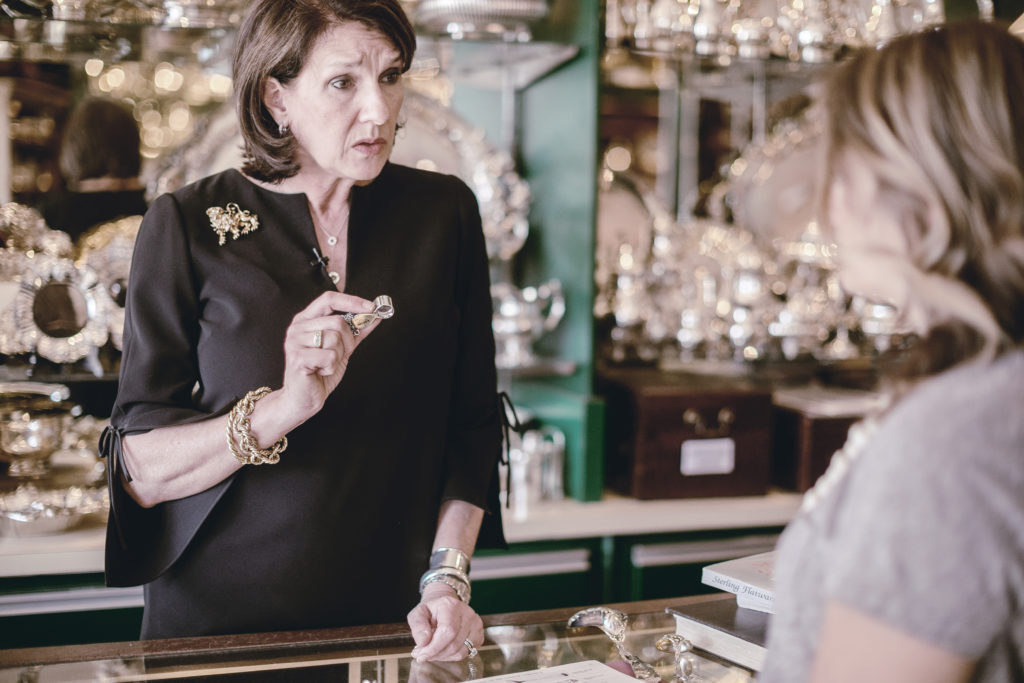
The shop overflows with unique silver objects, gift items and rare flatware patterns. I’m quite the fan of making a statement in a big way with a collection of similar items and you could certainly say that Mimi has done that with her space.
Founded in 1975 by Beverly Bremer at the Atlanta Flea Market, the flagship store is now a Peachtree Street in the heart of Buckhead, Atlanta. It is quite literally filled floor-to-ceiling with sterling silver, holloware, gifts, jewelry, and unusual silver collectibles.
Mimi explained that her mother would spend afternoons scouring estate sales for particular patterns to fill her store. She recalls spending hours looking up the patterns of the silver her mother would bring back.
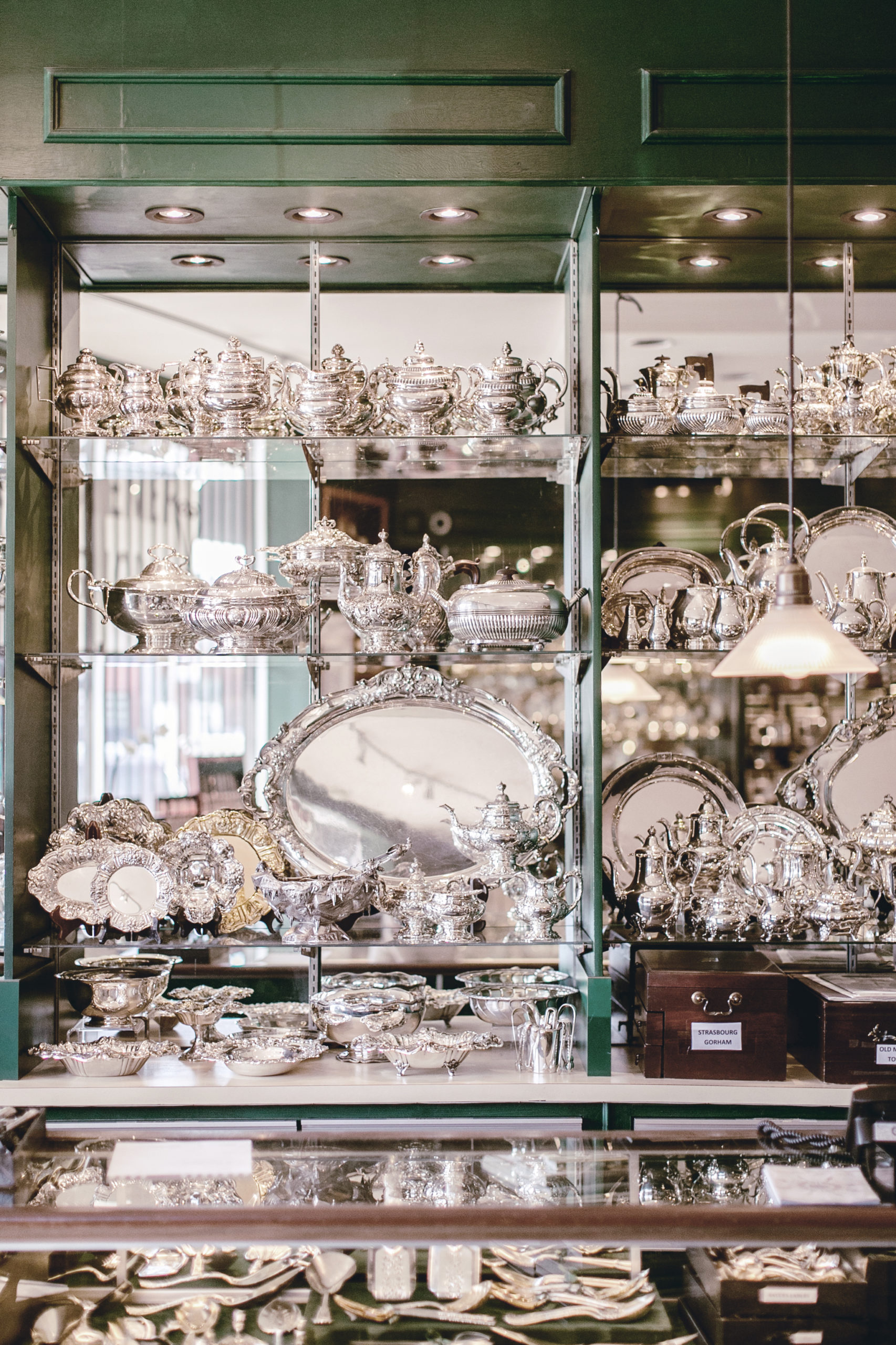

History of Silverware
The mining of silver began between 5,000 to 6,000 years ago in Anatolia, what is now modern-day turkey.
Silver was treasured by many cultures, and its uses varied from ornamental to medicinal. Many wealthy families owned silver utensils, jewelry, and decor.
Pure silver is very malleable and easy to damage; it is not suited for jewelry, utensils, or decor. To defend against damage, silver is mixed with other metals to make it more durable.
In the nineteenth and twentieth century, important collectors around Europe were famous for their impressive silver collections.
The saying, “born with a silver spoon in your mouth,” is thought to refer to wealth, but actually referred to a child’s health. Silver is known to have antimicrobial properties that can ward off bacteria and viruses. This is why babies were often gifted small silver spoons when they were born. Babies who were fed from silver spoons were observed to get sick less often.

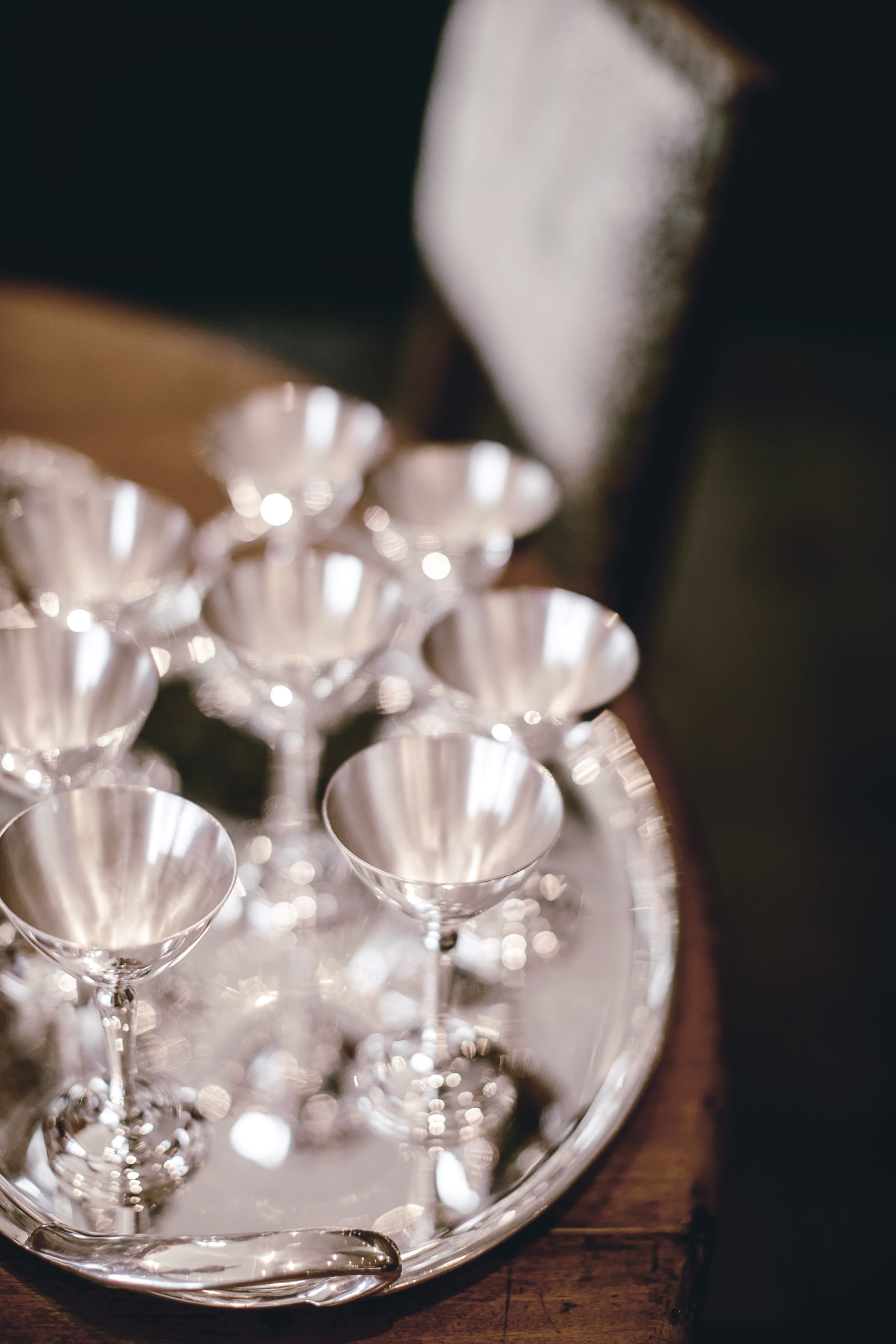
Types of Silver
From historical coin silver to silver-plated and sterling silver, here is a quick overview of identifying your own pieces of silver in your home.
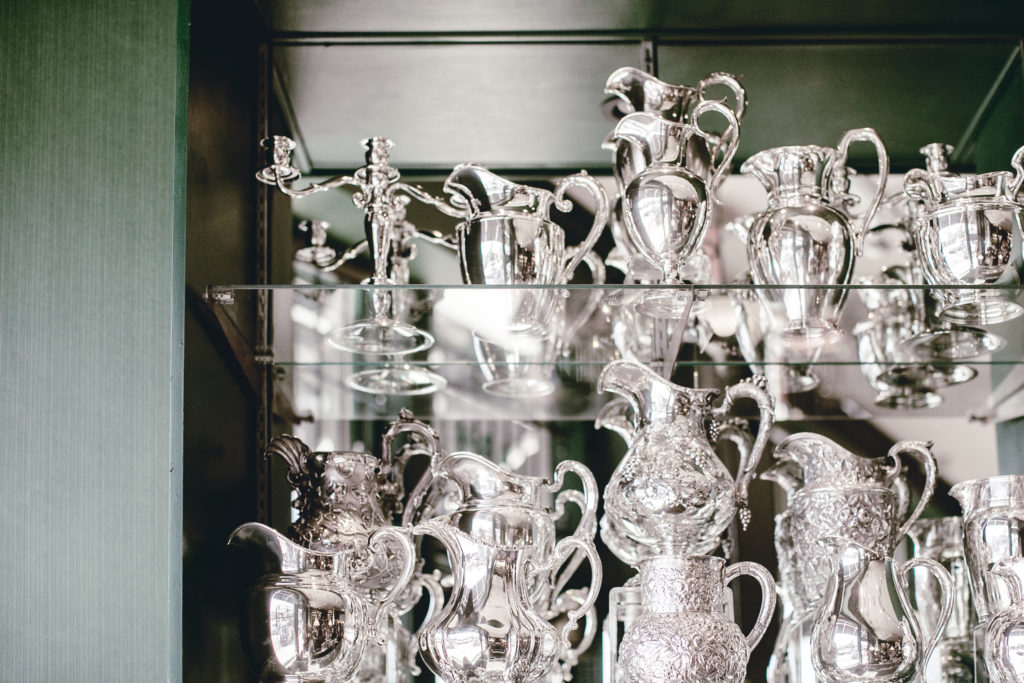
Sterling
Sterling silver is the most common allot mix found in jewelry. It must be at least 92.5% pure silver, but the other 7.5% can be any metal. Usually, the other metal is copper, which has actually shown to be silver’s best companion. Fondly referred to as “the metal of the moon,” because of its white and greyish color, sterling silver is commonly stamped with what’s known as a hallmark.
Silver Plate
Silver plate is a coating of pure silver on a base metal such as copper or nickel silver (an alloy of nickel, copper, and zinc) and was developed later than sterling or coin. Various forms of silver plate date to the 18th century.
Coin Silver
Some of the oldest American silver is “coin,” which contains at least 89.2-90% of silver. Often coin silver is thought of as much less valuable than sterling, but in some cases, that is not necessarily true. Because of its age and beauty, a piece made from coin can sometimes be worth more than American sterling.
Holloware
“Holloware” is a term that is basically used to describe everything except flatware this includes serving pieces and tableware such as pitchers, teapots, sugar bowls, butter plates, food covers, creamers, silver artwork and sculptures, cake stands, and other similar items. Holloware can be sterling silver or plated silver.

Hallmarks of Silver
Hallmarks are a variety of official emblems stamped on silver to illustrate its purity. England’s system of hallmarks is one of the oldest and most detailed. Laws dating to the 14th century established strict requirements for making silver. The markings were often elaborate and showed the buyer who the silversmith was. These markings often included representative plants and animals.
American marks weren’t enforced and therefore were never as detailed. Early coin silver was often marked with the maker’s name, and nothing else.
Silver Plate has its own codes in the United States and around the world. The maker or company name is usually stamped on the back of the piece along with an indication that it’s plated: In America, these marks are A1, AA, EP, or the full phrases “sterling inlaid,” or “silver soldered.”

Engraving Silver
Through history, there’s proven to have been an unspoken, proper etiquette for engraving your silver pieces. Here I am sharing a few tips and facts for sourcing already engraved silver treasures.
Most vintage flatware was engraved, often with the women’s maiden initial because it was traditionally the women’s silver. All major jewelers and department stores that solder silver generally had an engraver on hand. Usually it was their last name, 3-letters, or a single letter for their last name. Sometimes, women had their flatware that have your name, and your children’s names on it.
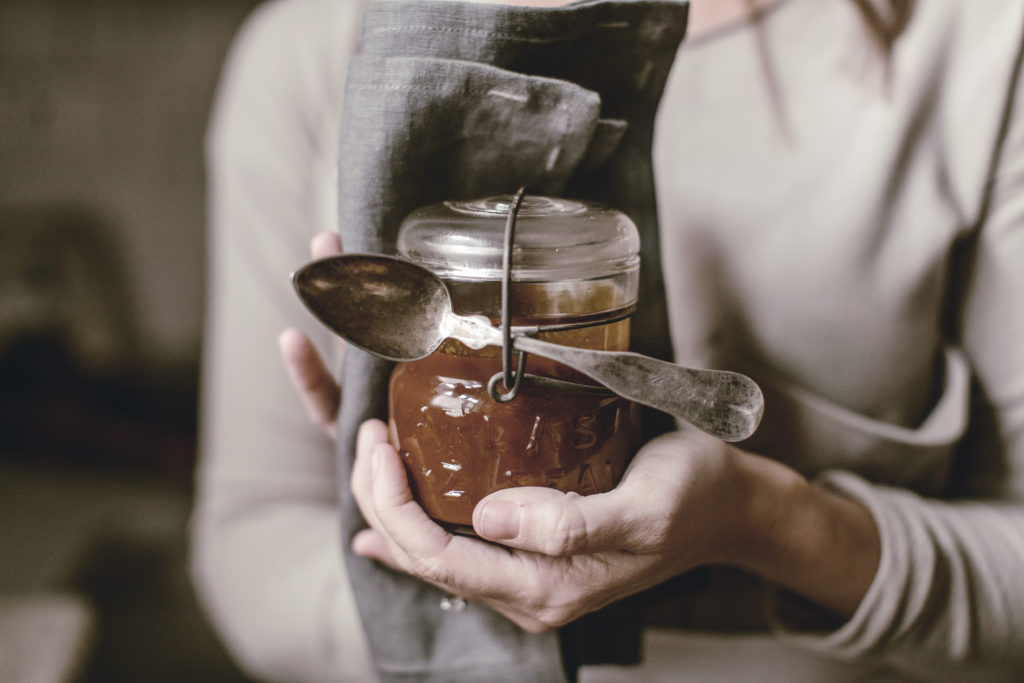
Sourcing Vintage Silver + Collecting Vintage Silver
I love being able to continuously grow my silver collection as well as being able to identify important silver pieces in others’ homes and in vintage markets. When starting or continuing a collection, there are some key facts and tips to keep in mind today.
Resources
Many silver experts suggest the following books for guidance:
While a book can be a great help, the best tool for anyone looking for silver is a compact jeweler’s loupe, which is a small magnification device that you can use to inspect tiny details in the silver.
Where to Start
Collecting silver can be a fun and meaningful hobby that can pass down for years to come. Estate silver is valuable because although it is used, its solid metal allows it to be restored and renewed. Some scrounging at the flea market can also turn up unique pieces for a mix-and-match collection.

What to Collect
We recommend collecting something you’d enjoy using in a traditional or fun way. Pick something unique to your style. You can collect by pattern, by maker, or by piece. The possibilities of collecting are endless.
Caring for Silver + Cleaning Silver
I love the classic vintage look of tarnished silver, but sometimes it is nice to polish these pieces off and see some of the details they have to offer. In just a few simple steps, you can have perfectly polished silver. This is great for bringing an old piece back to life or for pieces you find at a thrift store or garage sale.
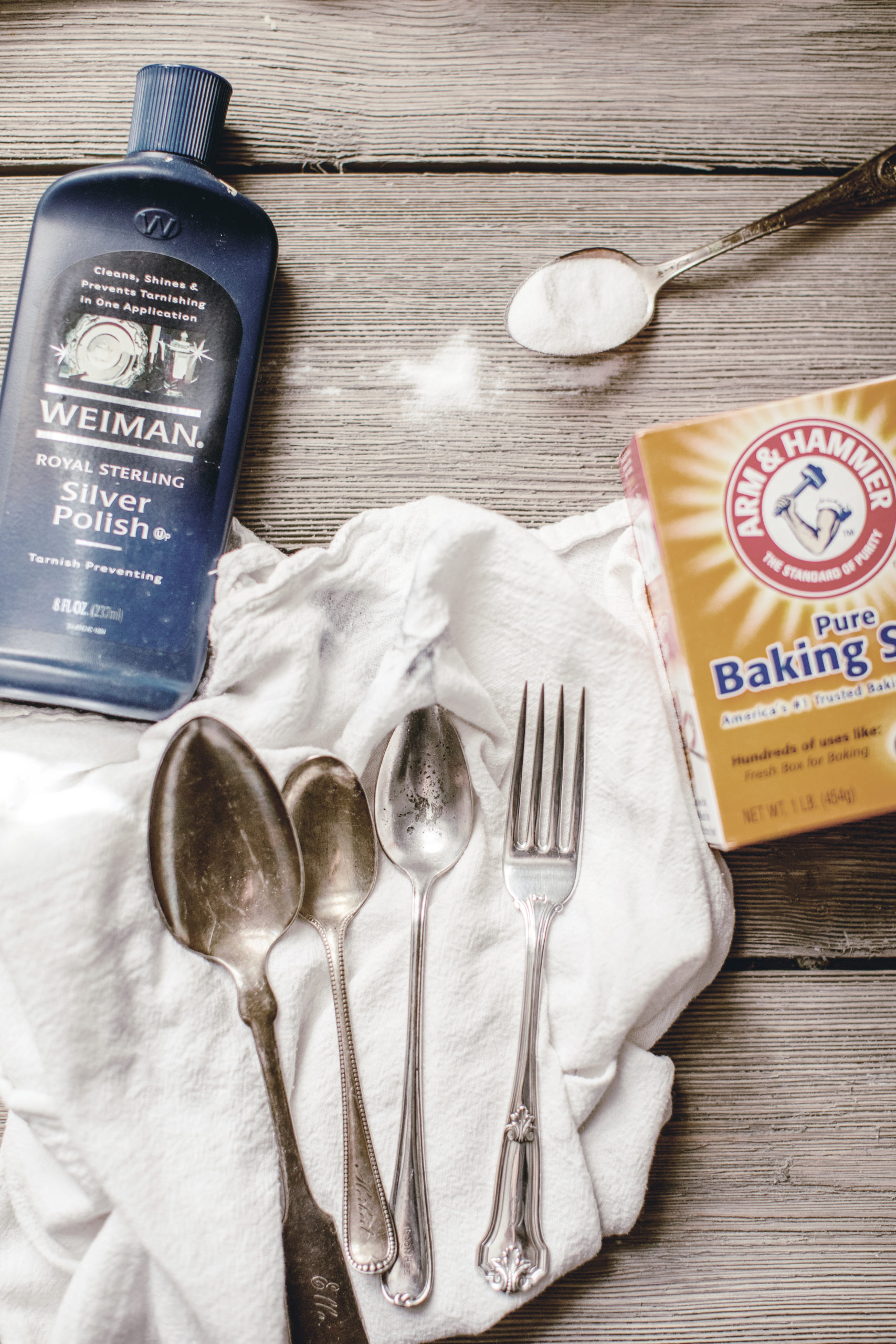
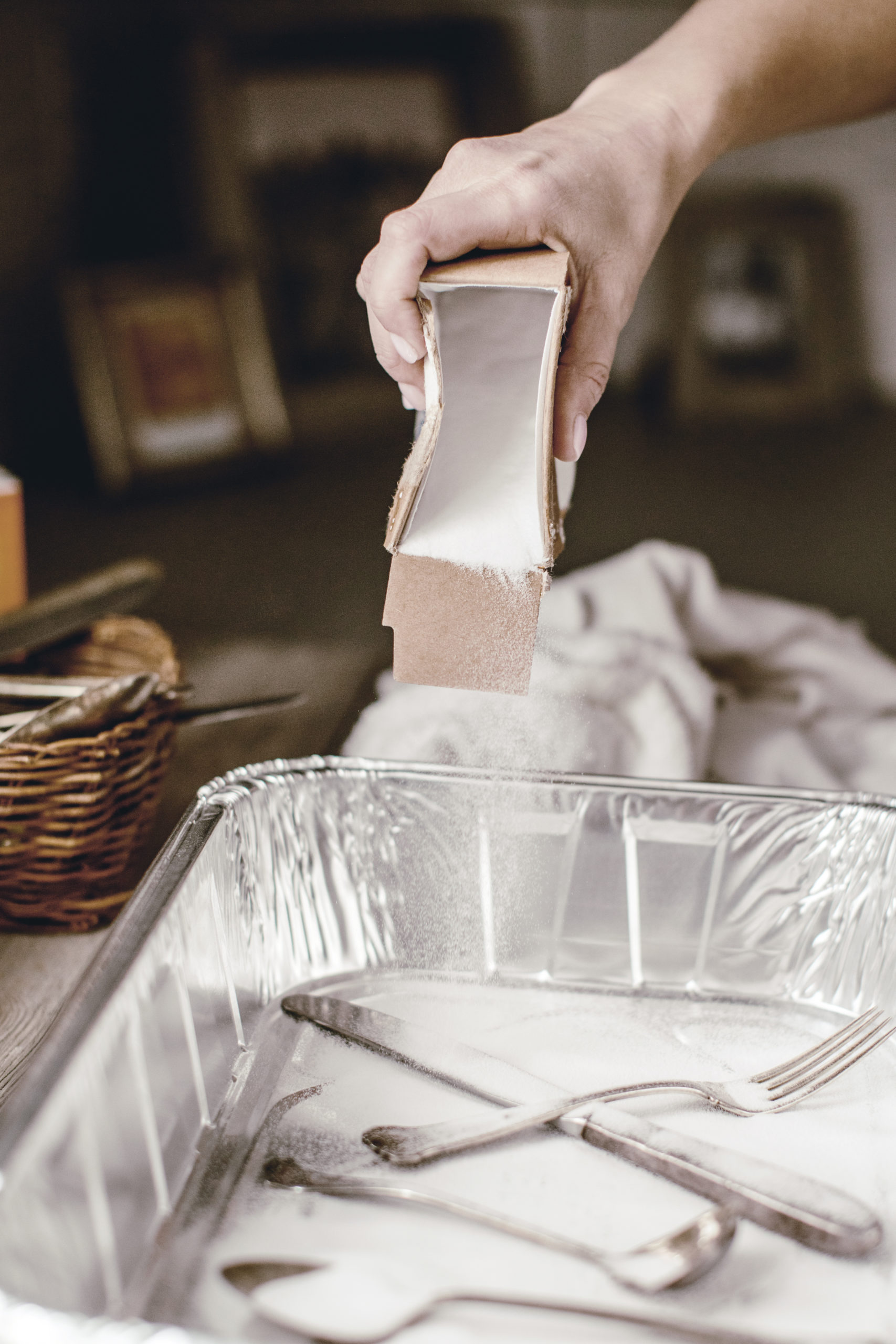
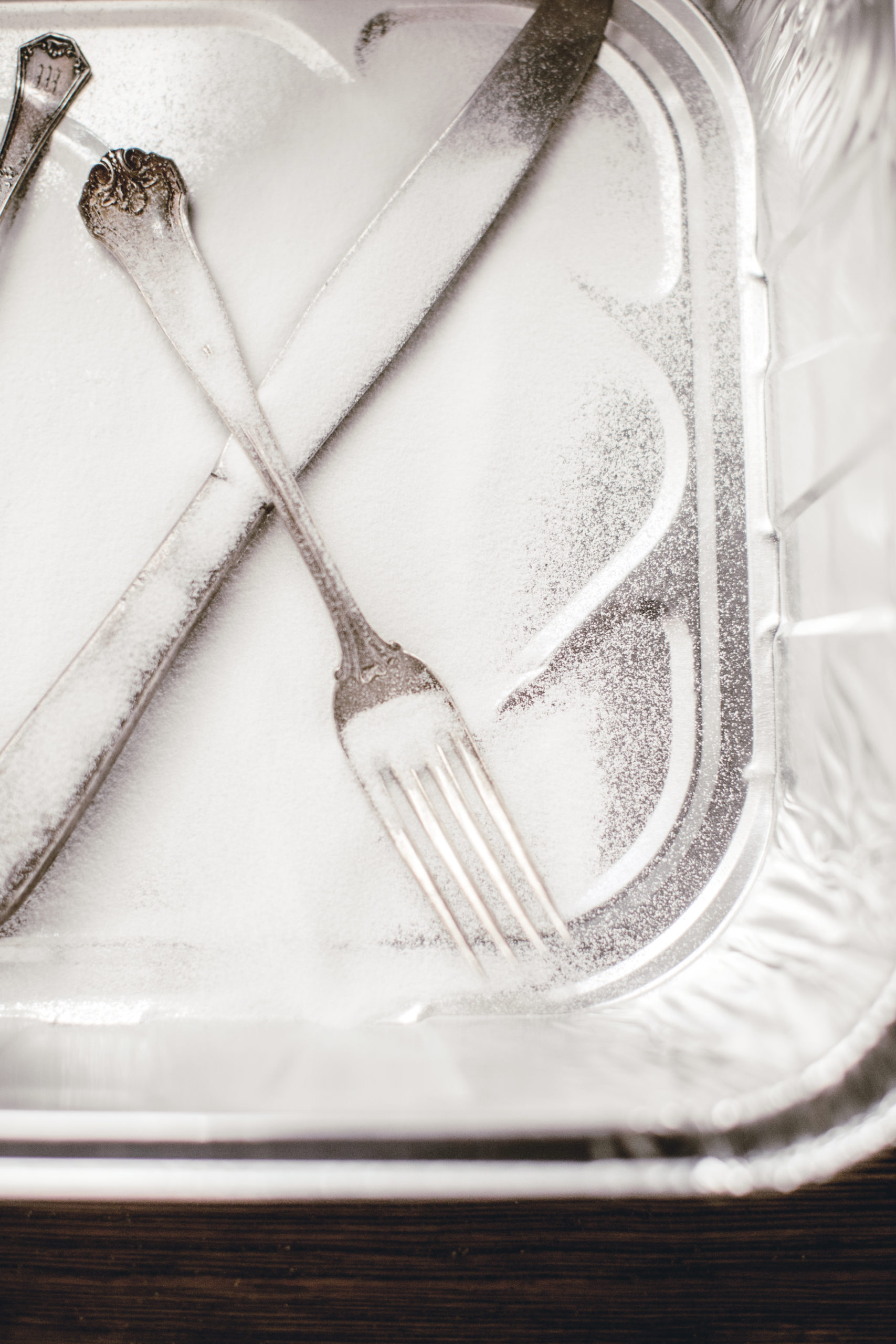
While gathering up your silver, go ahead and get a pot of water boiling. Once you have your silver together, start by finding an aluminum pan to place your silver into.
Once you have your pieces are arranged in a single layer sprinkle baking soda over them and into the pan. Next pour the boiling water into the pan and let this sit for a few minutes.
Since the silver is going to be very hot, use a pair of tongs to remove from the pan and set them on a heat safe surface. Next you will want to take an old rag and some silver polish to it. Begin to rub the silver and pay close attention to the grooves and details of the pieces.
Using a separate clean rag, begin to buff the pieces and clean off any remaining polish. Complete the process 2-3 times a year if you want your silver to maintain a clean, shiny look.


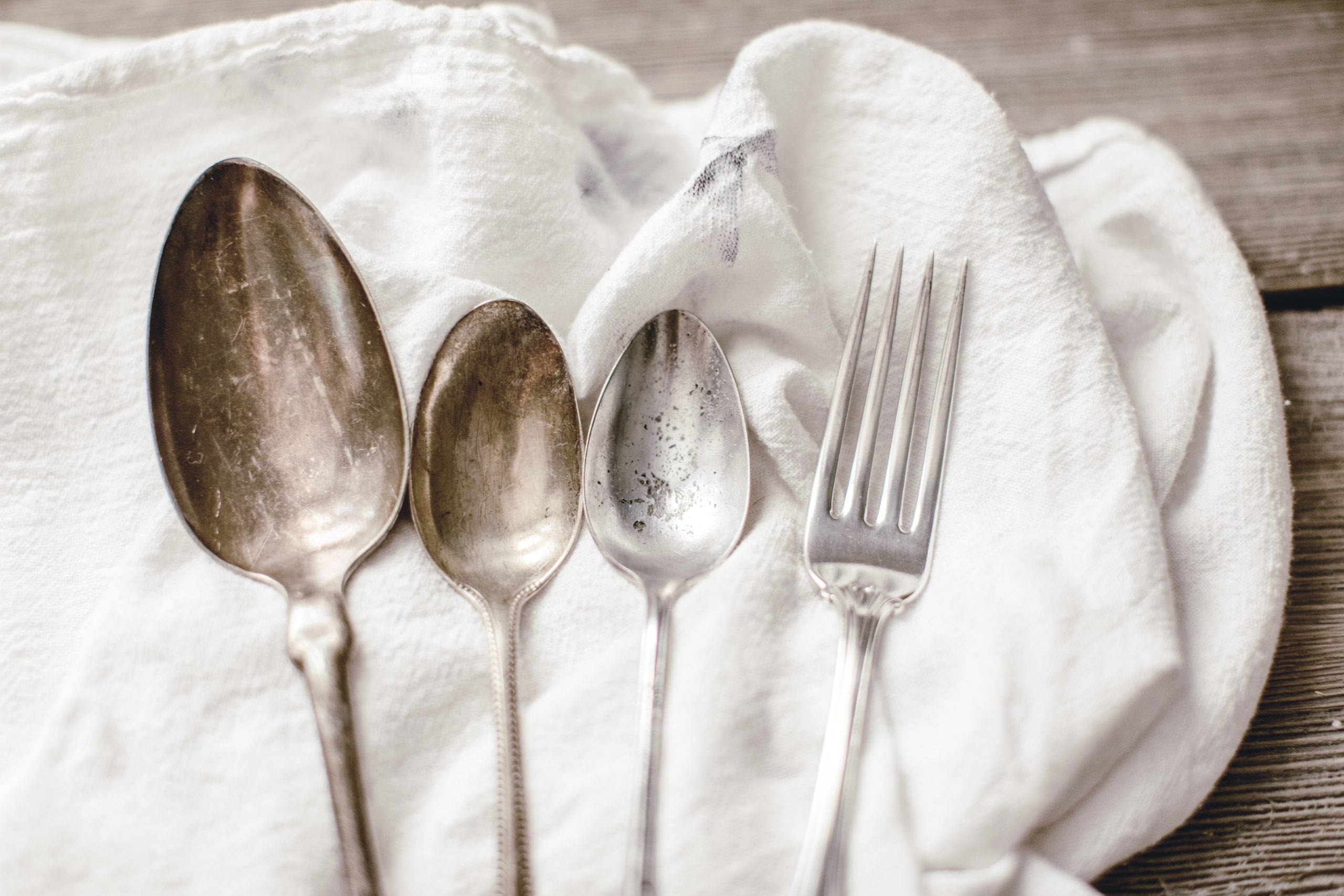
Silver in the Home
If you have special pieces of vintage silver in your home that you have sourced while thrifting or have received through your family, I would love to see them! Shoot me a message on Instagram and I would LOVE to continue learning about vintage silver.
heirloomed is a lifestyle brand with a mission of “keeping heirlooms around for another generation.” Our blog features stories about my favorite made-from-scratch recipes, creating traditions with your family, farmhouse home decor, effortless entertaining by mixing new and vintage pieces, tips on gardening creating a timeless capsule wardrobe, and small town + historic travel. Our product designs feature a collection of “goods inspired by the past, for generations to enjoy” with an array of aprons, table linens, hand-poured candles and keepsake gifts. Learn more at www.heirloomedcollection.com.


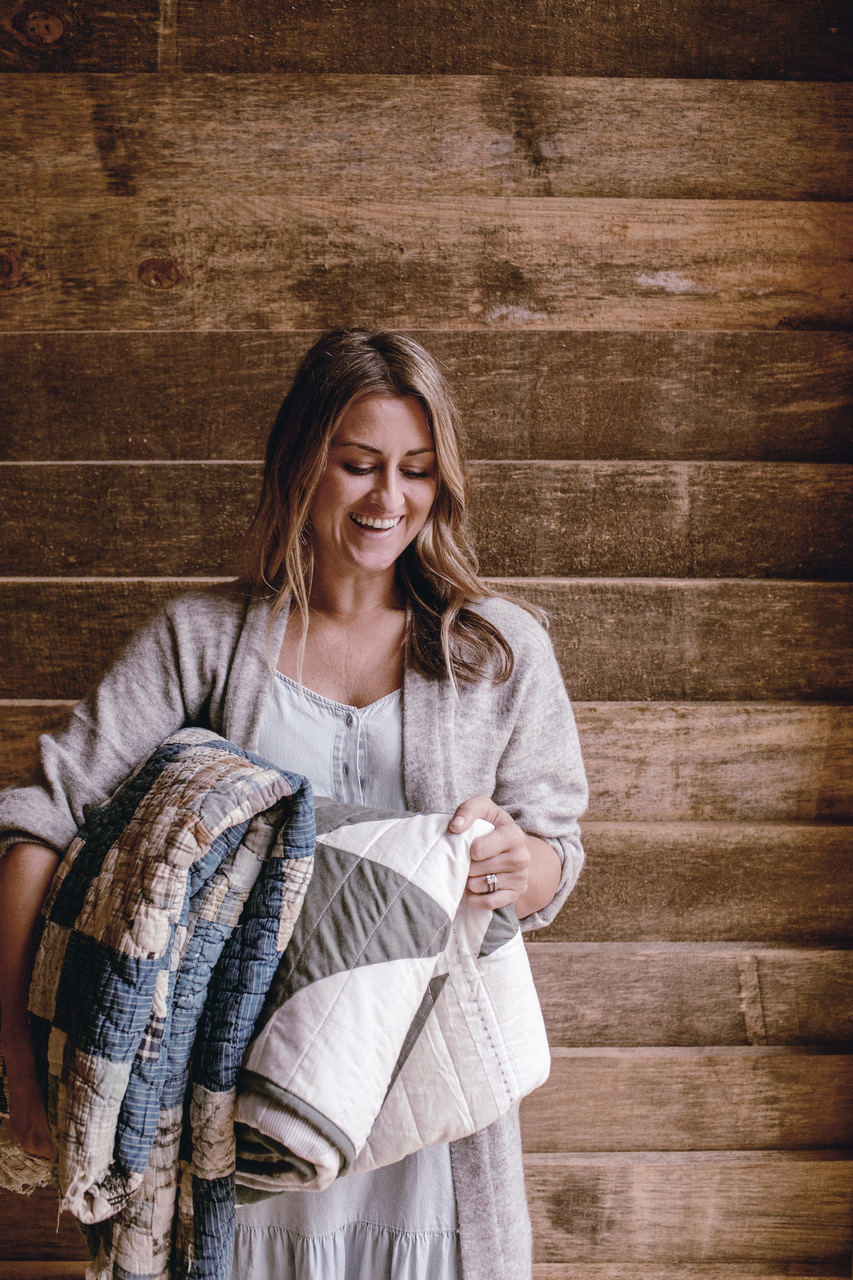
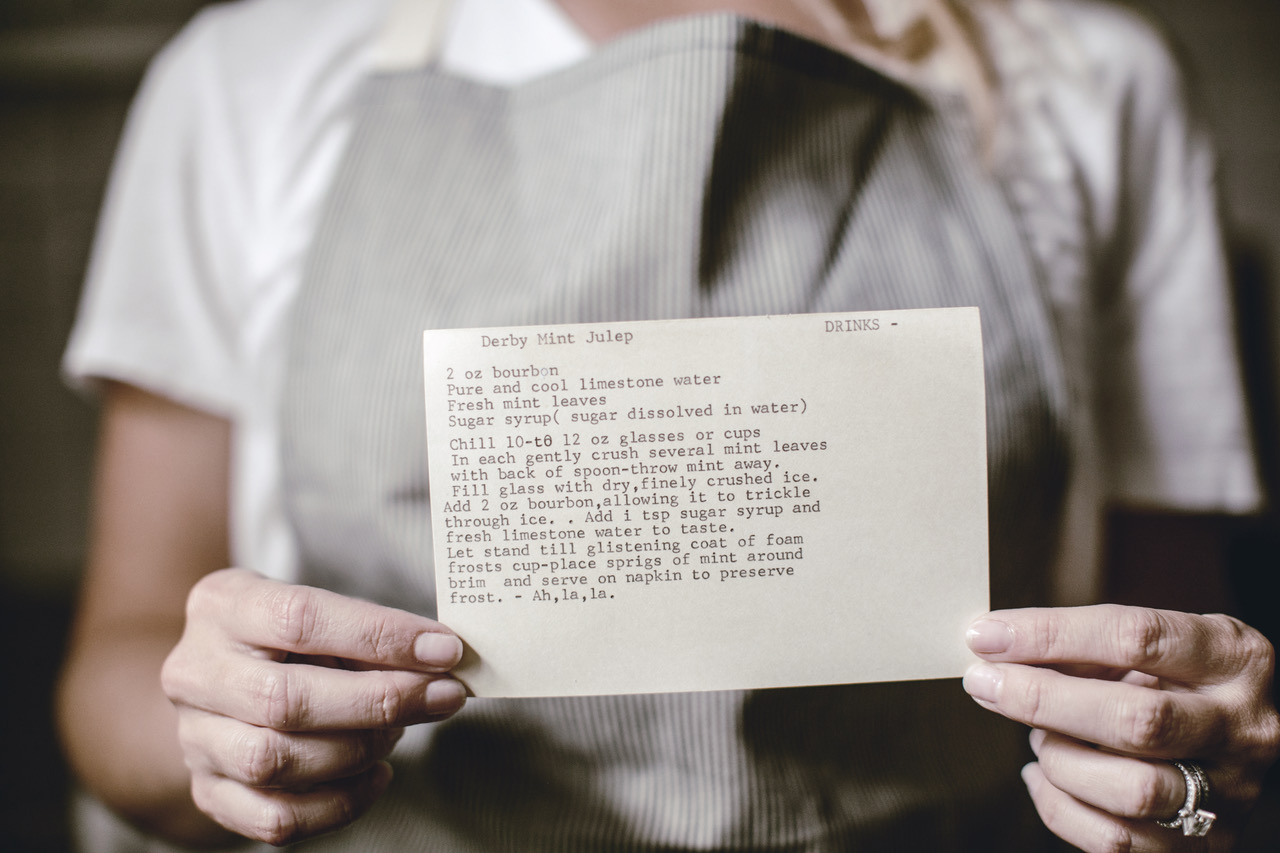

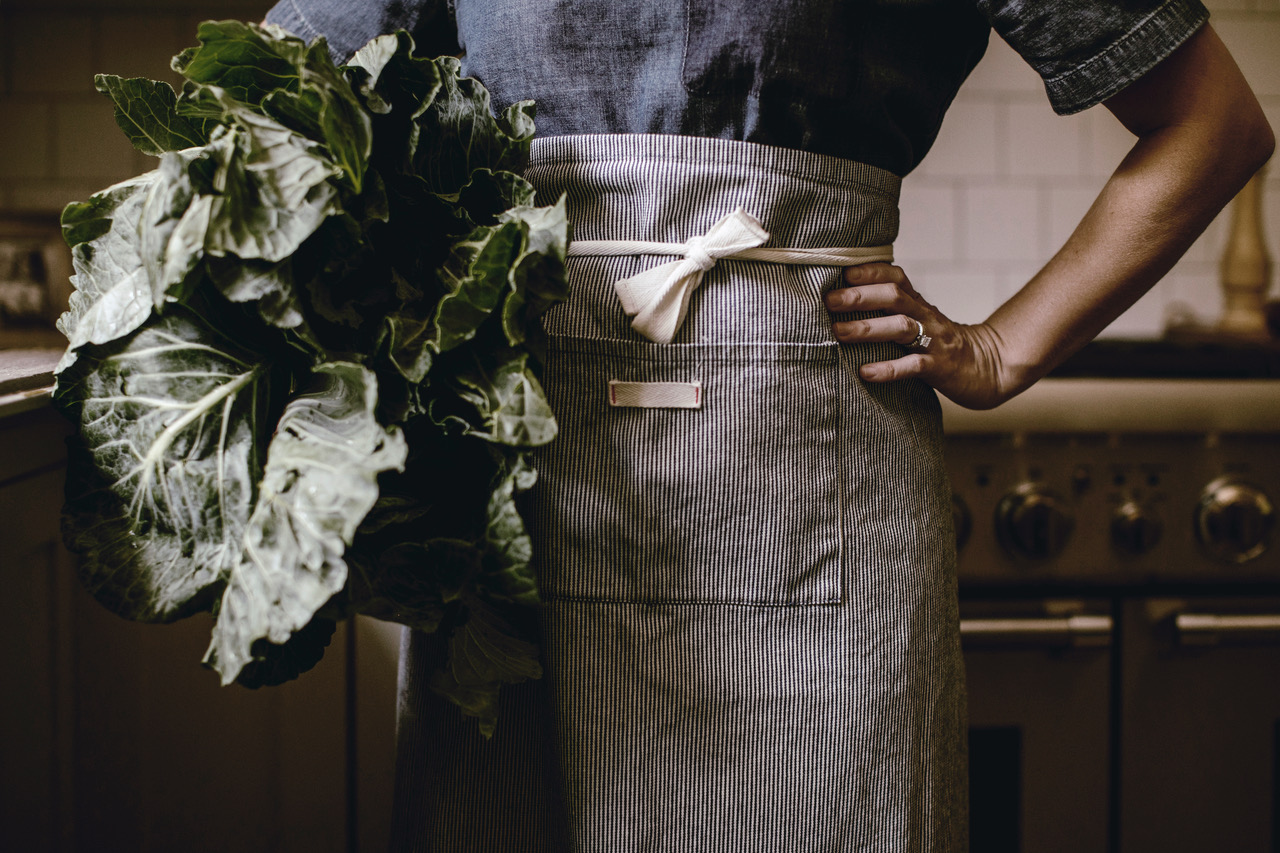
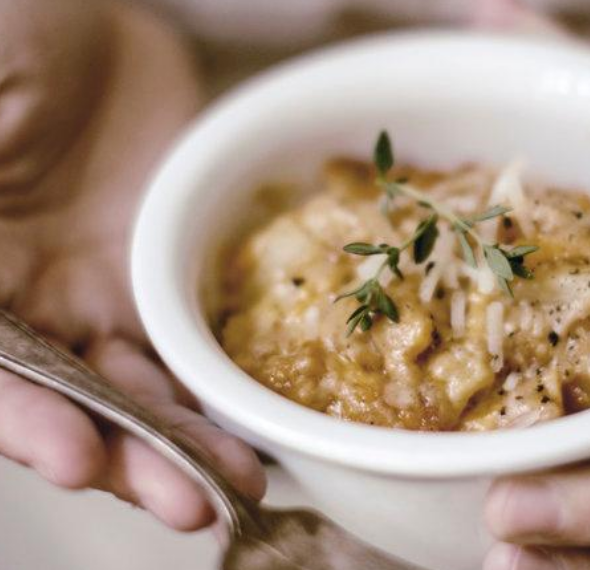
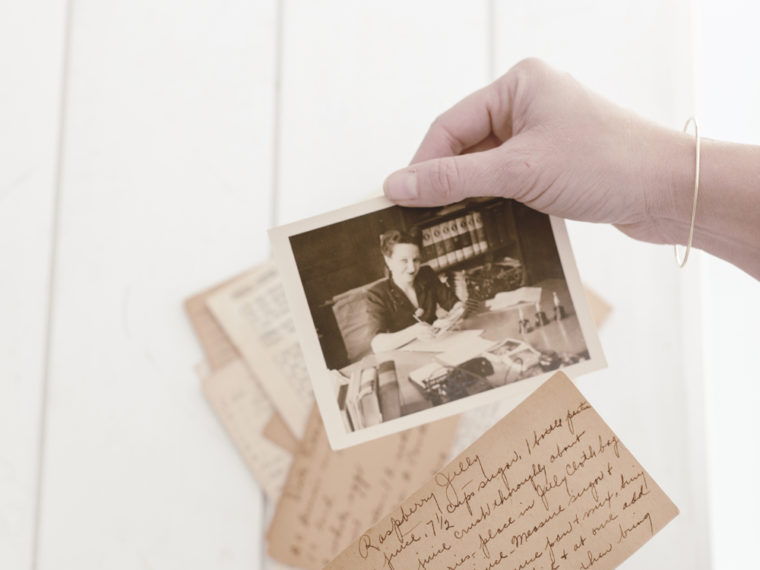





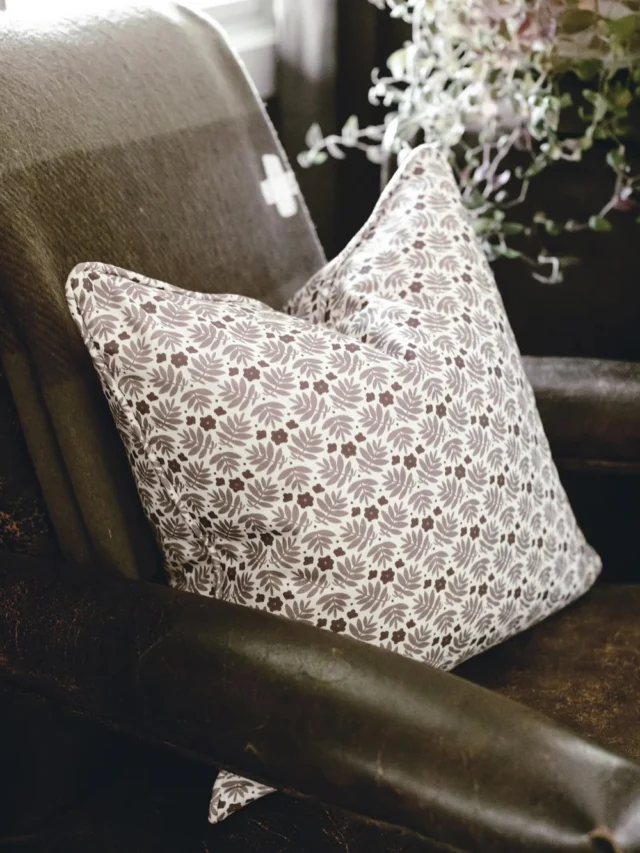
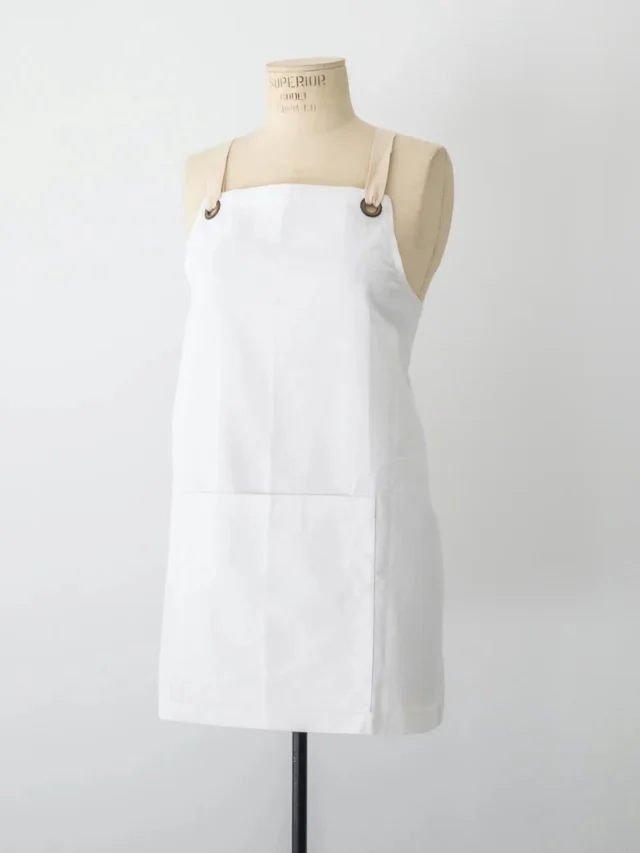



Recent Comments